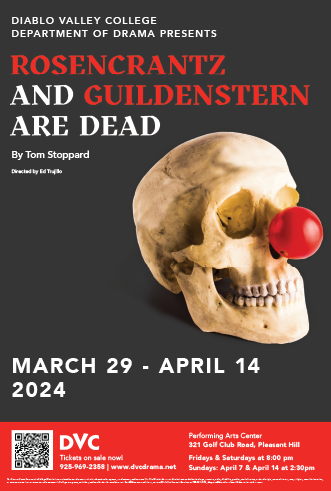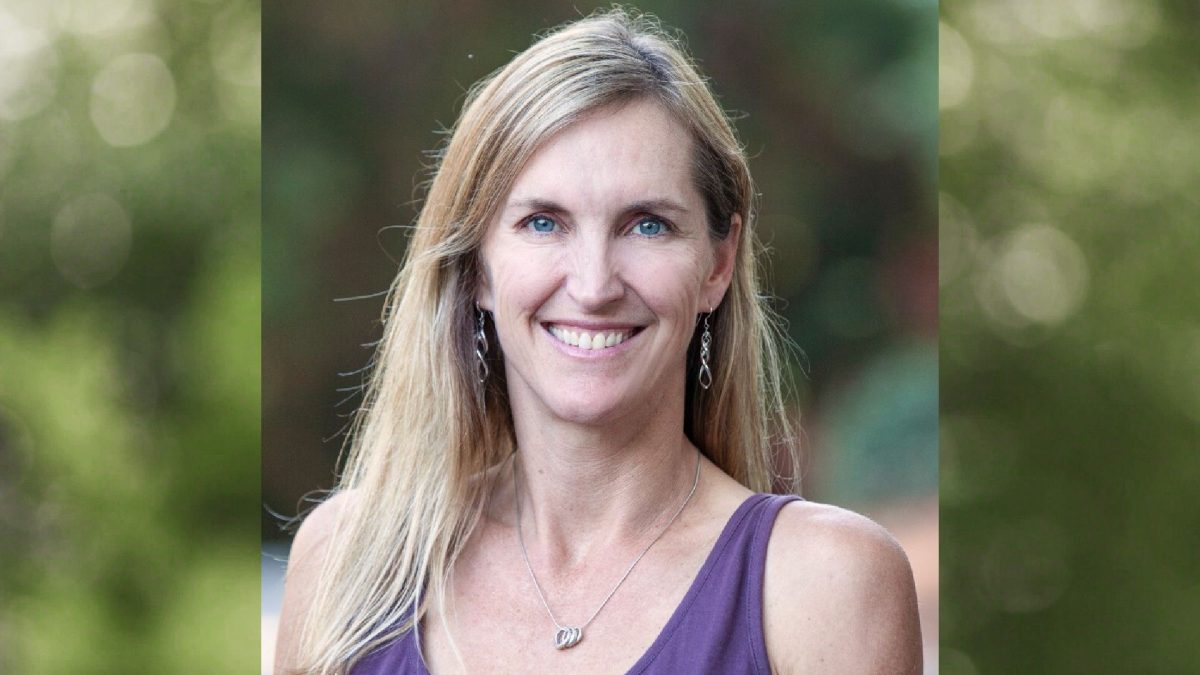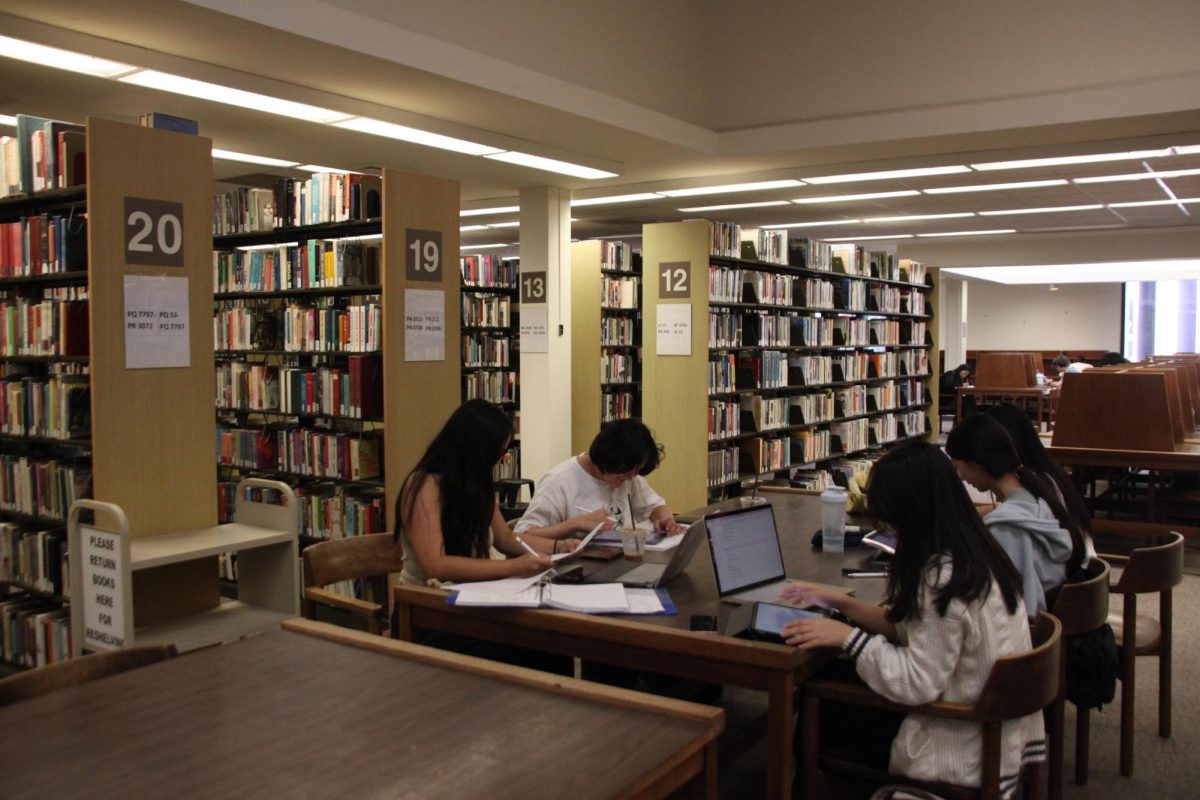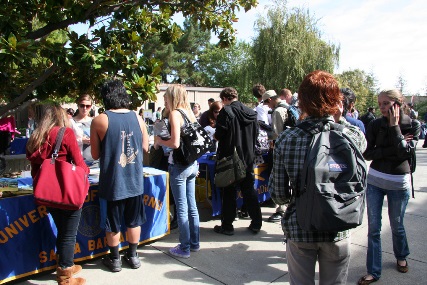A discrepancy between the number of students enrolled at DVC and the amount that the state is willing to fund could have detrimental effects on the college.
DVC has traditionally valued student access, said Susan Lamb, vice president of instruction. She warned, however, that the administration, faculty, and staff need to pay attention to and discuss the balance of taking on more students than ever when the college is dealing with reductions in state funding.
The state used to give the school a certain amount of money for each student, Lamb said. Now, the funding is based on full-time equivalent students (FTES), or the number of full-time student course loads enrolled or the sum of their part-time equivalents.
A full-time student goes to school about 15 hours a week, or 525 weekly student contact hours a year. The state gives $4,564 to the school for each FTES, said Chris Leivas, vice president of finance and administration.
This year, the state has put a limit on the number of FTES it will fund for the college. The current maximum is 16,893 FTES. However, DVC is currently serving close to 18,000 FTES, Lamb said.
“The state has decided that we are only going to pay for that many students – any students above that, we don’t get paid for,” Lamb said, referring to the discrepancy between what the state funds and how many FTES that DVC currently supports.
The tuition that the more than 22,000 DVC students pay does not make up for the gap between the number of FTES the college is funded for by the state and number that are actually enrolled at the college.
This, said Ted Wieden, physical science professor and senior dean of curriculum and instruction, is because the college itself does not keep resident tuition – it goes to the state before it comes back to DVC from district budget allocations.
The gap between finance and enrollment has affected the way instructors must structure their classes.
English instructor David Vela said he likes having more students in literature classes because it means the survival of the course. However, he explained, the composition of such classes can be difficult for instructors because of the higher volume of work.
“It’s harder to deliver the graded papers back in a timely fashion when you have more students,” Vela said.
The United Faculty has contractually negotiated maximum and minimum requirements for the number of students in a class. These numbers, Wieden said, run the gamut because each limit depends upon the nature of each class.
“Personally, as an instructor, I like classes that are fuller,” Wieden said. “I like that interaction.” He feels differently, he said, about lab classes, in which a crowded classroom and science equipment can be a dangerous combination.
Lamb predicts that the number of students currently enrolled may decrease in the next few years. In the meantime, she encourages college-wide discussion to help faculty and staff help their students.
“I think we just need to have a broader discussion,” Lamb said. “How do we help our faculty be the most effective they can be?”
Peter Garcia, interim college president, expressed concern that DVC is generating more resident FTES than the state will fund.
“The question of whether to serve students that the state does not fund and at what number is an important values and fiscal conversation that I am beginning to hear on campus,” Garcia said.
Garcia said that the college must continue to consider issues of student access to classes and services and of fiscal sustainability for the college.
“We may not be able to impact the reality this year, but it will be important for us to be intentional about our [2011-2012] plans and expectations,” Garcia said.
If DVC continues to serve its large student body without state funding, it could negatively impact the state’s budget plans for the college in the future, he explained.
“Ill-informed legislators could erroneously conclude that the community college system is over-funded and reset our funding base to match what we have heroically achieved through efforts for hardworking faculty, staff and administrators.”
Garcia also worries, he said, about the loss of counseling, instructional and administrative support, and how the lack of access will affect student success.
“The reality is that in the short term,” Garcia said, “we have performed beyond our long term capacity.”
Contact Annie Sciacca at [email protected]





































































